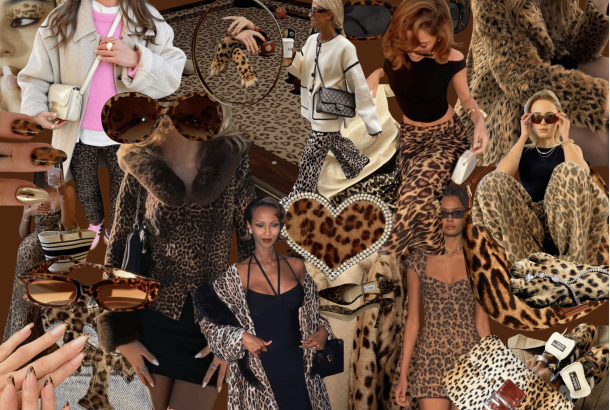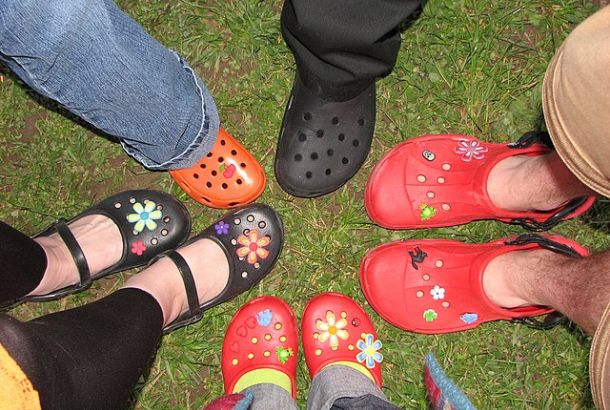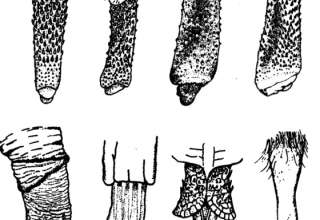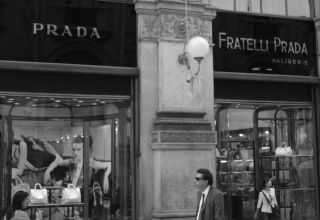The trend of sustainability in S/S 2018 collections

Sustainability and fashion are an interesting pair. In an industry that is defined by constant change, how can it be sustainable? The effect the fashion industry has on the environment is massive. Most critics focus on the use of natural products and sheer amount of fuel used for transportation. As such, I’m sure ‘eco-friendly’ is not your first reaction when you think of the fashion industry. Despite this, many brands have approached their spring-summer 2018 collection with the idea of sustainability in mind. In their August issue, i-D ran a series of articles along the theme of fashion’s first movements into a new, ecological future.
When you see an article in a popular magazine like i-D titled “Burberry will no longer burn their unsold clothes”, it’s not surprising to hear about protests happening across the fashion world. So how has the industry reacted to the new demand for ‘slow fashion’? London Fashion Week declared itself “fur free”, a statement hugely supported by Stella McCartney. It was the first main fashion week where none of the shows would have animal fur involved. This was following the series of protests and support of anti-animal cruelty actions. Christopher Raeburn’s collection threw the “spring and summer” brief out of the window and instead focused on the growing issue of climate change. Raeburn used clothes to show how desperate the situation of climate change is. His goal was to make people sit up and take notice, and it was a hit during the fashion week.
On the negative side however, Chanel came under fire for chopping down one hundred year old oaks to use in their show. The official statement from Chanel claimed that for every tree they cut down they were going to plant another. However, few were convinced and as such they are still unpopular amongst the sustainable fashion movement. It seems as though despite the move towards a new, eco-friendly future, many luxury brands are still ‘behind the curve’, so to speak. This raises the question: how long can unsustainable brands last? Will customers leave them behind? Will ignoring these issues lead to a shortage? Or does it even matter? However, as of now, the future looks unpredictable.







